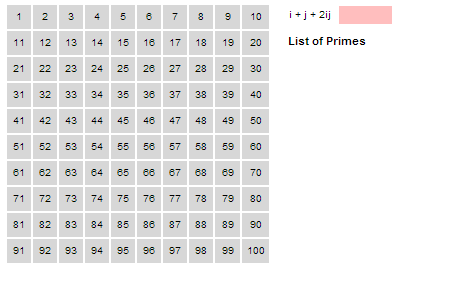projects
| cci0 (due 20200123) |
| pct1 (bonus; due 20200123) |
| wcp1 (due 20200123) |
| fwf0 (due 20200129) |
| pct2 (due 20200129) |
| wcp2 (due 20200129) |
| dtr0 (due 20200205) |
| sof0 (due 20200205) |
| pct3 (due 20200205) |
| wcp3 (due 20200205) |
| dow0 (due 20200212) |
| pct4 (due 20200212) |
| wcp4 (due 20200212) |
| bwp0 (bonus; due 20200226) |
| pct5 (due 20200226) |
| wcp5 (due 20200226) |
| cos0 (due 20200304) |
| pct6 (due 20200304) |
| wcp6 (due 20200304) |
| cbf0 (due 20200311) |
| pct7 (due 20200311) |
| wcp7 (due 20200311) |
| pct8 (due 20200318) |
| wcp8 (due 20200318) |
| sam0 (due 20200325) |
| pct9 (due 20200325) |
| wcp9 (due 20200325) |
| afn0 (due 20200401) |
| pctA (due 20200401) |
| wcpA (due 20200401) |
| cnv0 (due 20200422) |
| pctB (due 20200422) |
| wcpB (due 20200422) |
| bwp1 (bonus; due 20200422) |
| gfo0 (due 20200429) |
| pctC (due 20200429) |
| wcpC (due 20200429) |
| eoce (due 20200513) |



